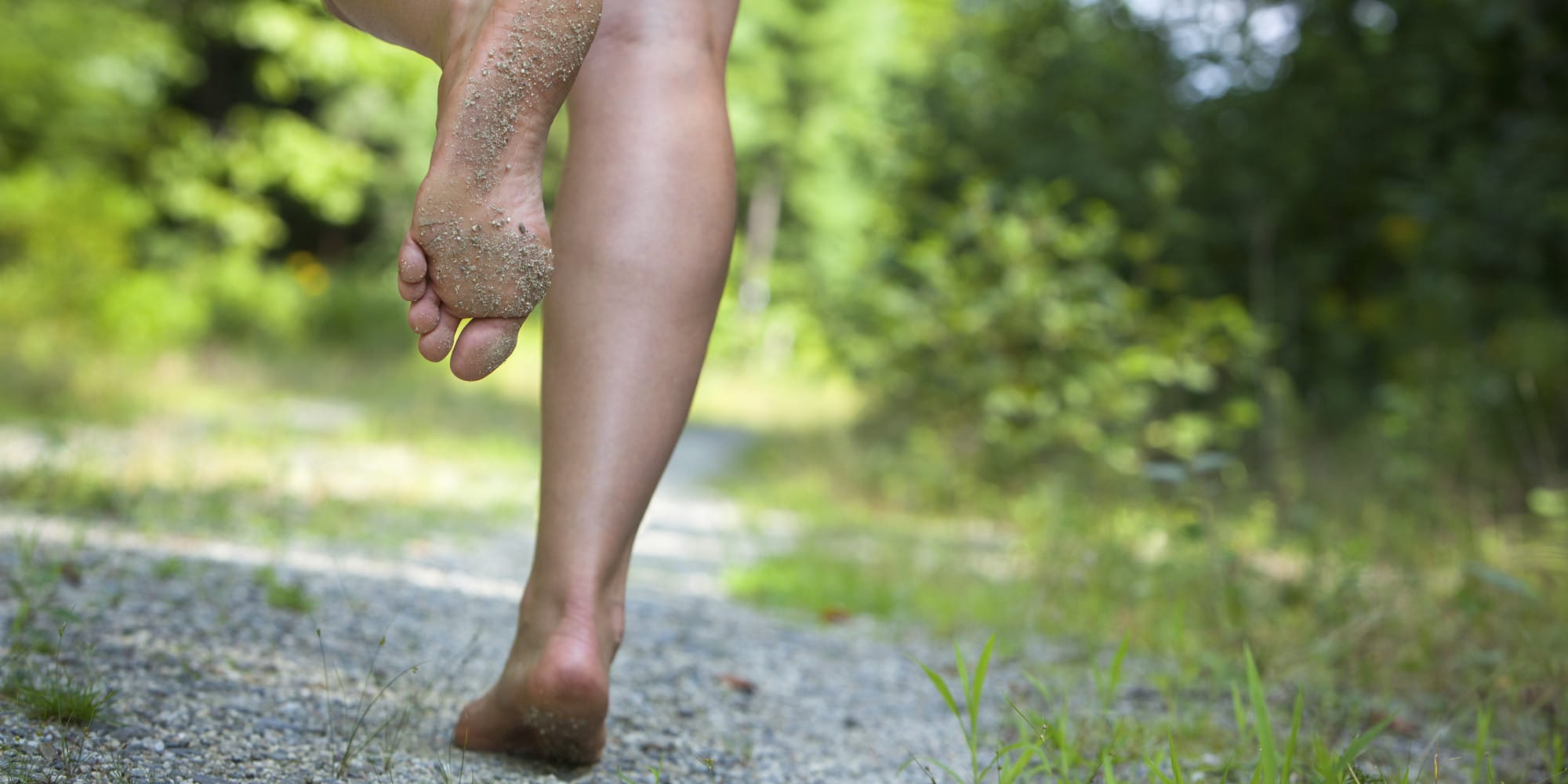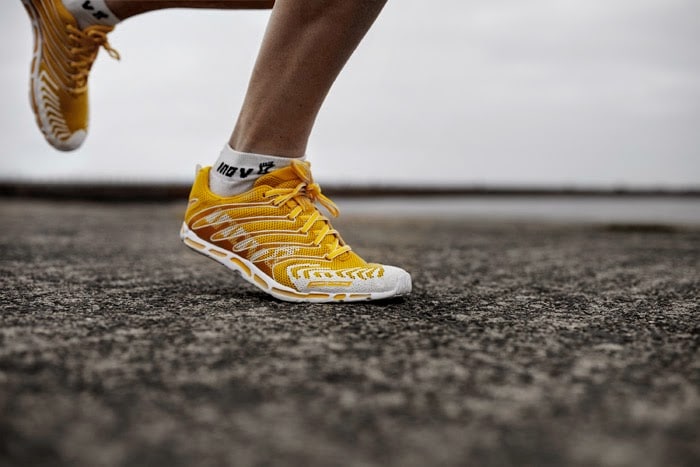
What is a Whiplash Neck Disorder?
neck injury
neck injury cure
neck injury pain
neck injury physiotherapy
neck injury surgery
neck injury treatment
neck orthopedics
neck pain
neck pain orthopedics
neck pain physiotherapy
neck pain treatment
neck physiotherapy
whiplash cure
whiplash disease
whiplash disorder
whiplash neck pain
whiplash neck pain cure
What is a Whiplash Neck Disorder a.k.a. Whiplash Associated Disorder (WAD)?
Whiplash associated disorder (WAD) is a term used to describe a group of symptoms caused by a sudden and often rapid movement of the neck.
Research has shown that improving understanding and early movement can significantly improve your symptoms.
What causes a Whiplash Associated Disorder?
A sudden, fast movement of the head in one direction and then another in opposite direction. For example:
- A road traffic accident.
- Falling of a bike, horse or seat.
- During contact sports such as rugby.
What happens during a Whiplash Associated Disorder?
In a whiplash associated disorder the soft tissues in the neck and shoulders are strained but serious injury is rarely caused.
Most whiplash associated disorders do not cause lasting damage and are a short-term problem.
It may take 6 – 12 hours for symptoms to become apparent and they may temporarily worsen over the next few days, but it is important to know this is a normal response of your body to injury and these symptoms can be resolved.
Symptoms you may feel
- Pain and aching in neck, shoulders and sometimes lower back.
- Reduced movement in your neck.
- Sensory changes such as pins and needles in your arms.
- Muscle spasms.
What can I do?
Treatment for Whiplash Associated Disorder
WAD is resolved by reducing pain and stiffness and allowing the normal healing process to occur. The following advice is positive strategies that may be helpful to reduce your pain and symptoms.
Keep moving: Your neck likes movement, it is a normal thing for us to do. Gently begin exercising your neck as soon as you are able to. Resting for more than a day or two may cause symptoms to last for longer.
Every few hours move your neck gently in each direction and gradually increase the amount of movement you have in each direction. Think positively about movement as the sooner you get moving your neck and body the faster your symptoms will improve. You will not cause damage to your neck by moving it.
If symptoms do not improve:
Control pain: Short term pain relief can help keep pain controlled and allow you to move more and carry out normal every day activities sooner. Seek advice from your GP, if needed, regarding pain medication.
Hot and cold: Applying an ice pack can help reduce inflammation, however, do not apply directly to skin. Wrap in a towel and apply for 10 minutes. Heat can help reduce muscle tension, aid pain relief and stiffness by using a wheat bag, hot water bottle, warm bath or shower.
Look after your posture: Try to reduce prolonged positions and aim to change position every 20 minutes. When sitting, try to ensure you support your lower back to prevent slouching or rounding your shoulders and leaning your head forward.
Physiotherapy: A physiotherapist can help you by giving you specific advice and exercises tailored to your needs. They can also offer other treatments to aid recovery such as manual therapy, acupuncture, electrotherapy or ergonomic advice.
When to seek further advice
Recovery times will vary between everyone, but we advise you seek further investigation should your symptoms:
- Worsen.
- Persist for longer than 6 weeks.
- Include worsening headaches, visual disturbances, nauseas, vomiting, confusion or worsening altered sensations such as pins and needles or numbness.
Subscribe to get a free e-book
Related Articles

Why Sedentary Behaviour or Sitting Too Much Is Bad For Your Health

3 Best Ways to Address Back Pain, According to Science

Your Children’s Feet, Playing Sports, and Seeing a Podiatrist

Barefoot Running – Back to Basics

4 Effective Ways to Prevent Common Running Injuries

Forefoot Running – The Running Technique Gaining Speed
We are affiliated with best insurance provider


